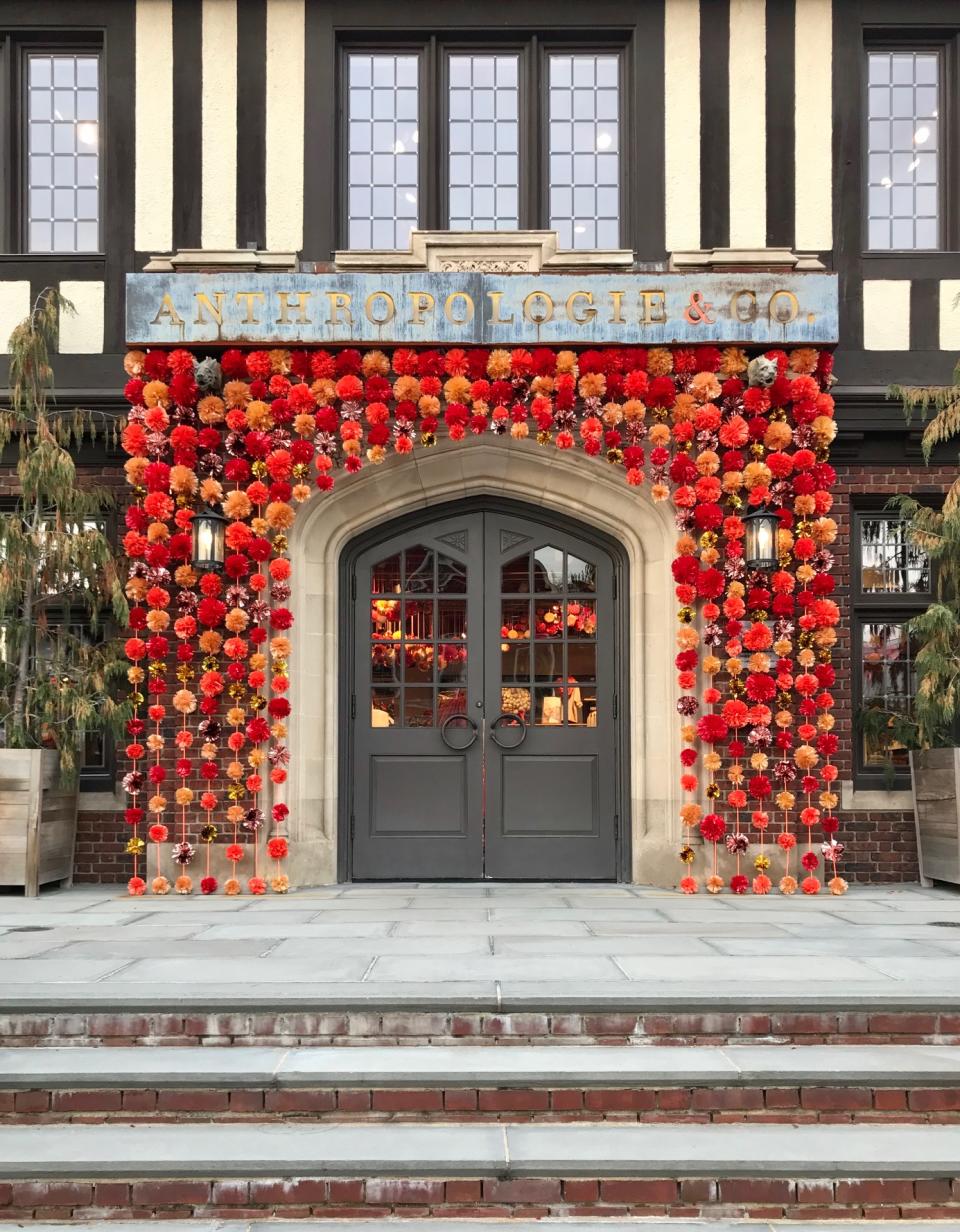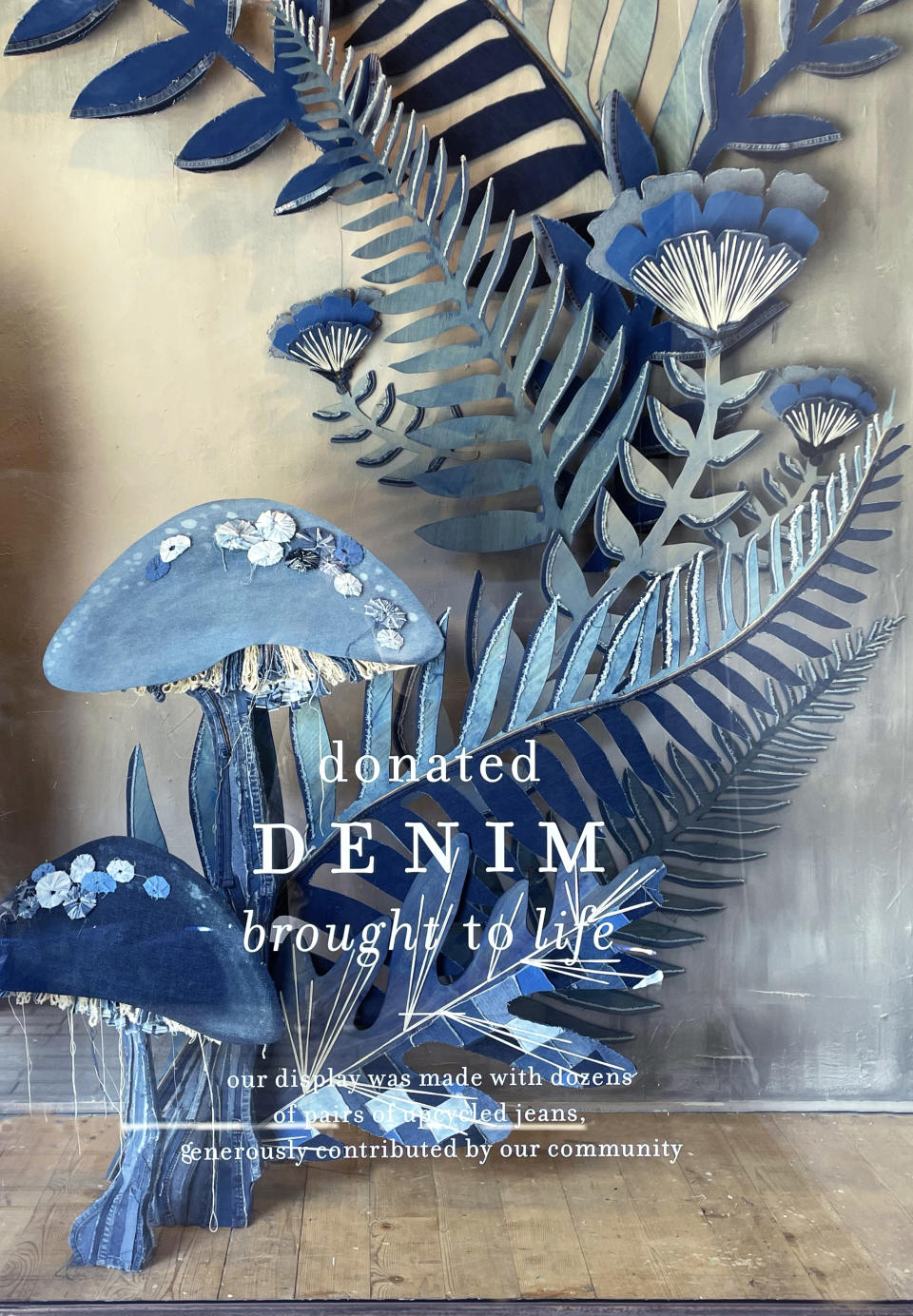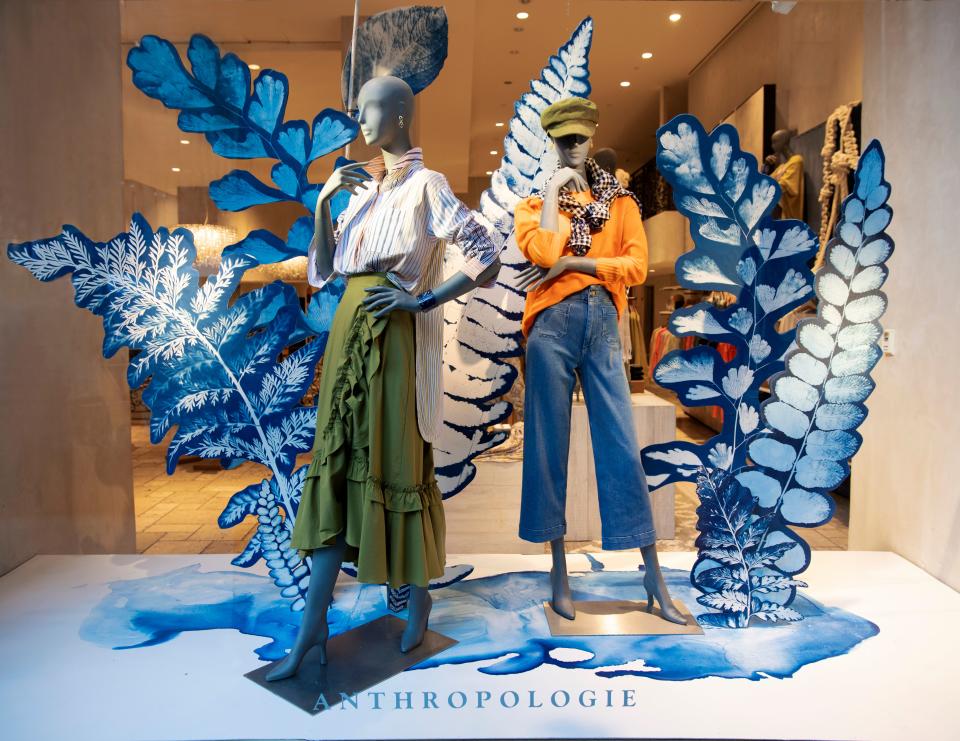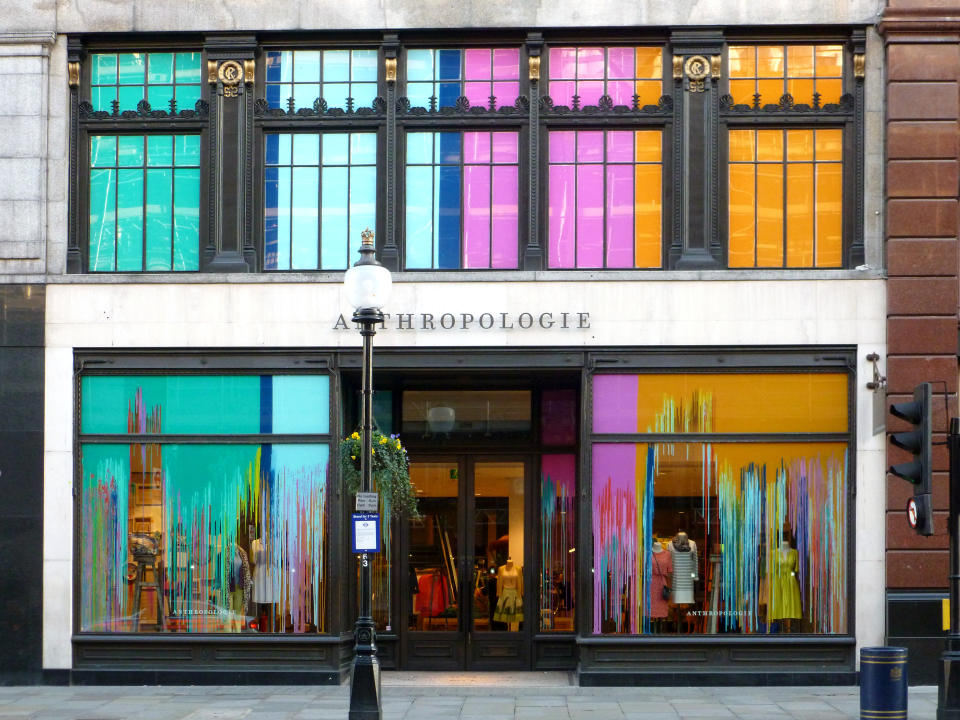Anthropologie at 30: Keeping the Creativity Flowing

At 30 years old, Anthropologie, the lifestyle retailer that features clothing, shoes, accessories, beauty, furniture, home decor, garden and bridal, continues to distinguish itself from the competition with its creative culture and sense of discovery.
Opening its first doors in the fall of 1992 in Wayne, Pennsylvania, Anthropologie today operates more than 230 stores around the world and is the largest division of Urban Outfitters Inc.
More from WWD
Tricia Smith, global chief executive officer of Anthropologie Group, spoke with WWD about the retailer’s creative point of view, how the stores and website are performing, the apparel segment, and the emphasis on the home category.
To celebrate 30 years in business, Anthropologie will host an art gallery pop-up at the New York Academy of Art, titled “By Hand, By Heart,” open to the public on Oct. 1 and Oct. 2. The retailer’s creative team has built an interactive installation featuring special window displays, in-store vignettes and iconic display objects curated over the course of its 30-year history.
Anthropologie will also release a coffee table book, “The Art of Anthropologie,” published by Rizzoli, that features a narrative catalogue of design details and a behind-the-scenes look at their creative team and processes. The book, which is available for pre-order and will start rolling out to stores in October, also spotlights the retailer’s process of creating visual displays through upcycled materials. The retailer recently transitioned its packaging to be recyclable and reusable.
Anthropologie has also pledged at least $1 million to organizations and programs dedicated to education and the arts over the next four years, with plans to support creatives who have been integral to the growth of their brand and business. The company is collaborating with YoungArts, the leading partner for the cause.
Since Smith assumed the CEO role in April 2021, her mission has been to empower the teams to express their creativity, and to bring their curiosity to create special experiences for customers.
When Smith walks through the company’s Philadelphia headquarters, she sees the creative team building sets for windows, creating in-store vignettes, doing packaging design and prototypes, developing ad campaigns and doing photoshoots. “They’re sewing samples, our designers are here. It’s a really creative and inspiring environment, in which our teams collaborate,” she said.
Over the past 30 years, Anthropologie’s offering has evolved to include new categories, including Anthropologie Home, which is a full furniture decor business. More than 20 stores have design showrooms to support the segment, and Smith said the company has “invested [in] and accelerated that business pretty significantly.”

Since COVID-19, Anthropologie has evolved its apparel category, and added more brands in addition to their private label business. Many newcomers are in denim, including Paige, Mother, Good American and Frame denim, which joined private-label lines Maeve and Pilcro. Farm Rio, Favorite Daughter, Birkenstock and On Running are also now part of the retailer’s mix. Some of the denim lines have done well so far, and plans are in the works to roll them out into more stores.

“It’s important to have both. We were just talking earlier today of what that right balance is, and it really depends on the category,” Smith said, talking about the mix of market and private label brands.
Anthropologie also recently reintroduced an in-store shoes assortment, which Smith said has “done incredibly well.” Shoes entered 11 more doors this past week. She described the handbag business as “decent, and said it’s driven by more night-out experiences, and more from the owned brand assortment.
Known originally for its bohemian-chic style, Anthropologie has grown into a complete lifestyle brand. It has done designer collaborations with Amber Lewis, Mark Sikes, House of Hackney, Christiane Lemieux and Ilse Crawford.

“So many customers have so many events to go to,” said Smith, adding that there’s an opportunity to get more dressed up for customers going to more weddings.
Smith described overall business as strong. “We’ve just delivered our fourth consecutive quarter of really nice growth, and a lot of that is coming from customers returning to office and whatever that looks like for them, and returning to events and occasions,” she said. Sales for the quarter ended July 31 were up 7 percent.
Anthropologie was a bright spot in Urban Outfitters’ second-quarter results, as UO’s net income was $59.5 million, down from $127.3 million in the year-ago period, attributed to transportation costs, fuel increases and excess inventory. Total company revenue increased to a record $1.18 billion in the quarter from $1.16 billion a year ago, fueled by strong comps at Anthropologie and Free People brands, as reported.
During the pandemic, as stores opened back up and went back to regular hours, Anthropologie saw more of a re-balance between online and brick-and-mortar. “The customer is definitely returning to a greater degree to our stores,” Smith said, though the company’s digital business has also strengthened.
Anthropologie’s average store is between 6,000 and 7,000 square feet, though some — including in Westport, Connecticut, Newport Beach, California, and Rockefeller Center, New York — are larger format.
In Europe, the business operates 14 stores, primarily located in the U.K., in Central London, with two stores in Paris and one in Amsterdam.

As Anthropologie looks forward, developing the next generation of customers is a key priority. “We’re incredibly fortunate to serve a very loyal base. We have customers who have been with us from the very beginning. One of the things we’ve been really focused on is ensuring that we’re thinking about the next chapter of our growth, which comes from us identifying that we want to make sure we’re introducing a new generation of customers to our brand,” said Smith.
Smith said Anthropologie has been working through the supply chain challenges and said there are “gentle” price increases for spring.
Turning to apparel — the lion’s share of the business — she said dresses are the strongest category and what their customer comes to them for, but pants, jeans, denim and jackets have all been performing really well.

Anthropologie’s wedding brand, Bhldn, which has been in business 11 years, has been a bit of roller coaster during the pandemic. “Now we’re seeing a pretty significant number of weddings. The business followed that,” Smith said.
Sales of bridal gowns, bridesmaid dresses and dresses for the guests are all strong, she noted. Bhldn has more than 20 shops-in-shop in Anthropologie stores that sell owned-brand gowns as well as products from Jenny Yoo, Watters, Marchesa Notte, Sachin & Babi and Amsale.
“The [Anthropologie] brand has experienced nice growth over the years, particularly as new categories have been layered on,” said Smith. “The home business has become much more meaningful. Apparel is a little bit cyclical, but overall the brand has experienced nice growth.” She said the beauty business, where they have introduced new, emerging beauty brands, especially in fragrance and skin care, “complements the other categories, but it’s not a huge category for us.”
Robert Burke, founder of retail consultancy Robert Burke Associates, summed up why Anthropologie has been able to maintain its relevancy for 30 years. “Anthropologie was really the first marketplace concept that retail ever saw, creating this incredibly interesting sense of discovery. The founders studied anthropology and traveled around the world with the idea of bringing different cultures together and to create this boho-chic, easy bohemian marketplace. It’s always done well because of that. Because the original concept was so unique, other people have curated retail, but they had a very specific point of view that they’ve stayed true to. The customer gets kind of lost, in a good way. They were some of the first to create mood lighting and burning candles and handcrafted art pieces. It was very feminine and true to what the customer was looking for,” said Burke.
ANTHROPOLOGIE (By the Numbers Sold Annually)
Candles: More than 3.5 million (global)
Dresses: More than 1.3 million (global)
Holiday ornaments: More than 300,000 (global)
Mugs: More than 1.6 million (global)
Monogram necklaces: More than 215,000 (global)
Pairs of jeans: More than 770,000 (global)
Pairs of shoes and boots: More than 780,000 (global)
Wedding dresses: 20,000 (North America)
